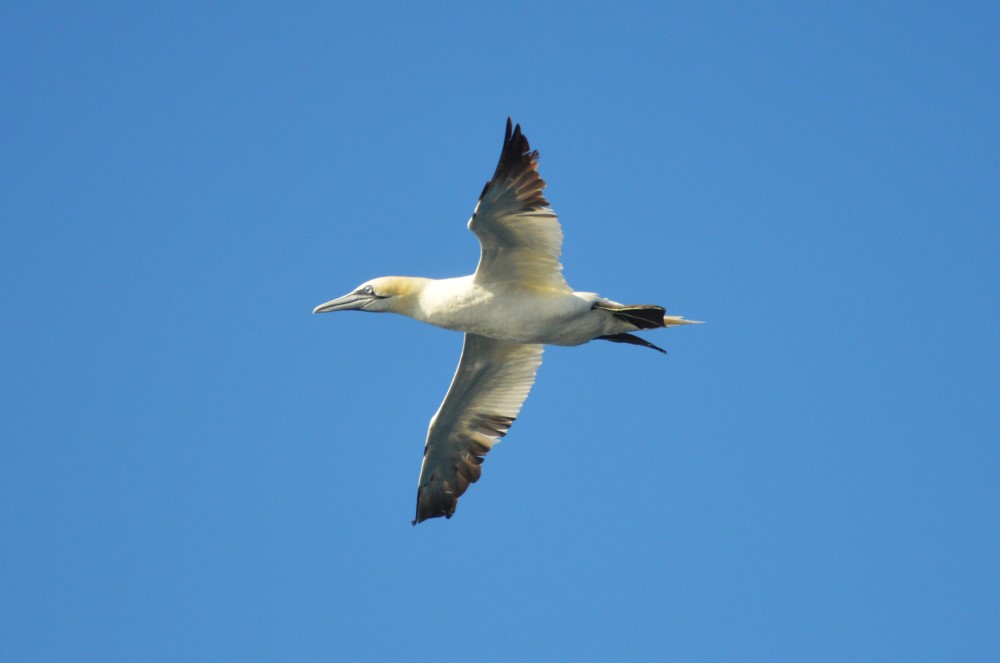The first Atlas of Inverting and Migratory Birds of Portugal was published online today, announced by the Portuguese Society for the Study of Birds (SPEA). With information on the abundance and distribution of more than 300 species of birds in Portugal, the atlas will be a fundamental tool for the management and conservation of Portuguese wild birds.
«It is no exaggeration to say that the majority of the Portuguese ornithological community participated in this atlas. It is a work that we can all be proud of, and that will certainly remain a reference”, says Domingos Leitão, executive director of SPEA.
“For many European bird species, the Iberian Peninsula is an important winter refuge. For others it is a vital fueling station on their long North-South journeys. However, there were no data that allowed evaluating how these species use the national territory. Based on more than 4000 hours of fieldwork, the Atlas of Wintering and Migrating Birds of Portugal fills this gap», explains SPEA.
As a project that involved more than 400 ornithologists - amateurs and professionals -, the Atlas of the Wintering and Migratory Birds of Portugal is a compendium of information about the occurrence of birds in the national territory (including the Azores, Madeira and Selvagens) during the autumn and winter.
In the Atlas, the information can now be freely consulted by researchers and conservationists, who will be able to use it as a basis for decisions on land management and promotion and, above all, on bird conservation. Available for free online, the Atlas is also a resource for bird lovers and birdwatchers.
According to the Atlas data, "the areas of the country that host the greatest diversity of birds during winter are the estuaries, estuaries and lakes close to the coast."
«These places are also important for water birds that migrate across the Portuguese mainland, and that depend on a vast network of coastal wetlands, from the Minho estuary to the north, passing through the Tagus estuary – the most important wetland in the country – to the Guadiana estuary to the south”, stresses SPEA.
Gliding birds, such as birds of prey, storks and cranes, “are particularly noticeable in the south of the country, in places like the Sagres peninsula or the Algarve mountains. These birds gather here on their way to Gibraltar, where the crossing of the Mediterranean is narrower».
As for migrations over the high seas, «sea birds that pass our coast have different migratory patterns, some staying in Portuguese waters, others just passing through».
Finally, the Iberian Peninsula is also, in autumn and winter, “a magnet for passerines and other small birds, which here find milder temperatures and an abundance of insects and berries on which they feed. At this time of year, the Mediterranean scrub and olive groves are full of thrushes and warblers from Trás-os-Montes to the Algarve, the Tagus marshland and the Alentejo plains support large populations of abibe, larvae and pipit-dos-meadows, while the cork oaks swarm with wood pigeons, robins and finches».
This first global portrait of the birds that visit the country in the colder months is «just a starting point». According to SPEA, "future studies will be able to compare data with these and thus gauge how species are reacting to climate change, different agricultural policies, and conservation projects."
The Atlas of Wintering and Migratory Birds of Portugal was produced by the partners: SPEA, Laboratory of Ornithology of the University of Évora, Institute of Nature and Forest Conservation, Institute of Forests and Nature Conservation (Madeira), Regional Secretariat for Energy, Environment and Tourism (Azores), and the Portuguese Association of Bird Ringers.



















Comments